Meyer + Silberberg Land Architects was one of three invited firms to participate in the international design competition for a new country park. The 8,900 acre site, located on the Huangpu River in Songjiang District southwest of Shanghai, is one of five sites that the Shanghai government plans to preserve and convert to “Country Parks” as part of an initiative to create a necklace of natural parks and curb development around the rapidly growing city.
The site is easily accessible by public transit and the two adjacent Metro stops are a quick twenty minute ride from downtown Shanghai. Given this proximity to a massive urban population, the designers crafted a park that would draw large numbers of visitors while preserving the rural heritage and character of the existing agricultural landscape. The design of the park is focused on six goals: optimize existing resources, clean water, promote organic farming, restore habitat, provide recreation and promote prosperity.
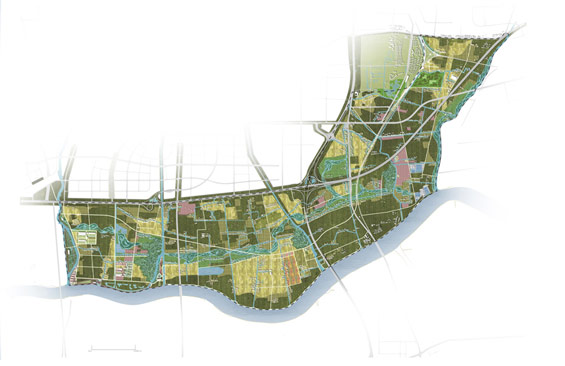
The Master Plan builds upon the existing agrarian landscape and introduces systematic interventions that retain the character of the place and improves ecological and economic function. Currently, the site harbors a mix of farmland, canals, tree plantations, orchards, villages and scattered industry.
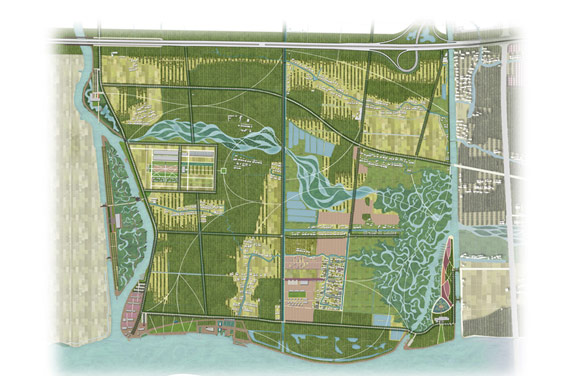
While the site’s agricultural heritage was a source of inspiration for the designers, it also presented a number of challenges. The site is crisscrossed by a network of canals and irrigation channels, much of which are stagnant and polluted. A three-part water cleansing system comprised of composting toilets, polishing canals and treatment wetlands will treat the water pollution at the sources and defines the central spine of the project. The water system will provide cleaner drinking water for Songjiang and help to clean up the famously polluted Huangpu River that runs through Shanghai.
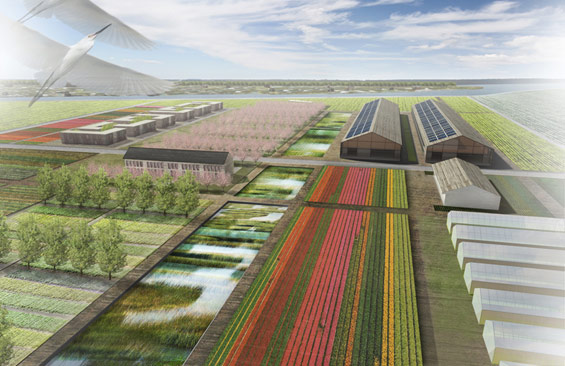
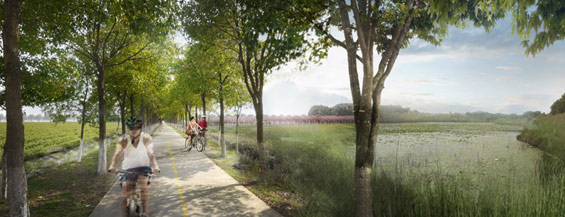
To improve ecological function onsite, Meyer + Silberberg’s proposal will add an additional 1,000 acres of forest, agroforestry and orchards to connect and diversify the existing tree plantations, creating a continuous network of forest habitat across the site and positioned to extend into Songjiang and adjacent developments.
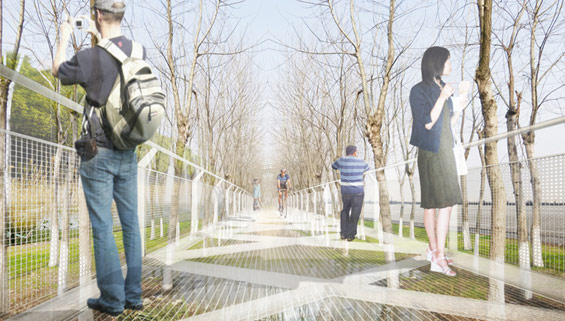
Since 45,000 people currently call the future parkland home, preserving their way of life and providing economic empowerment was central to the park master plan. Existing conventional agricultural land will transition to organically farmed land with the help of an Organic Agricultural Research Institute, sited within the park, that will train students from the nearby Songjiang University Town. The park will become a source of clean, healthy food close to Shanghai, and visitors and farmers will be able to interact through village based agri-tourism centers.
Industry scattered throughout the site will be cleaned up and converted to waterfront parkland designed for more active recreation. Old industrial structures will be repurposed as climbing walls, observation towers and water features, and will enhance the scenic diversity of the park while preserving some of its industrial character.
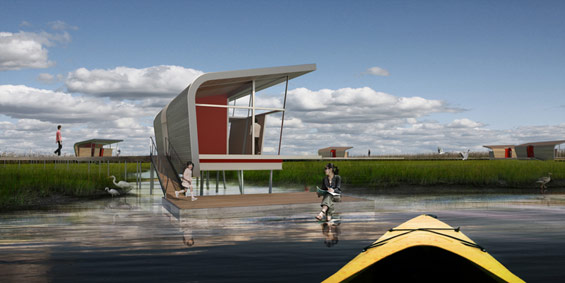
As rapid urbanization continues across much of Asia, existing and future parklands will experience increasing and competing pressures for use of their space, making multi-functional parks all the more important. The proposed park will create a wide range of recreational opportunities for visitors; clean the air, water and soil; produce healthy organic food; and generate revenue for sustaining the park’s operations. To meet all these diverse needs, the designers crafted a progressive master plan that they hope will serve as a model for creatively addressing urbanization in ways that benefit both farmers and urban residents.
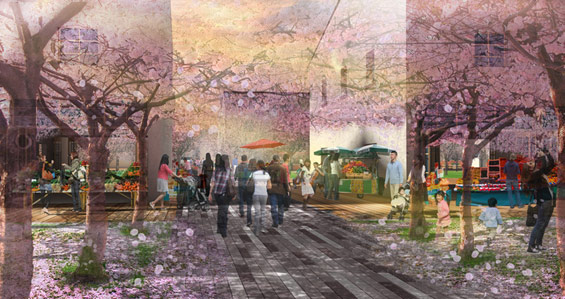
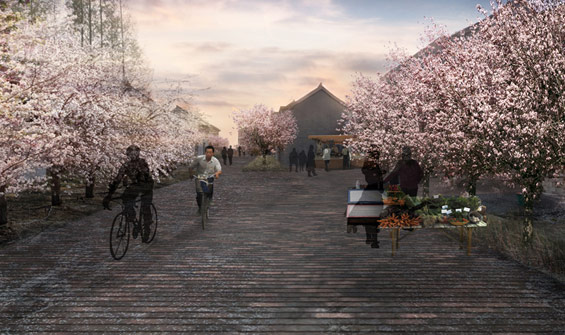
Ecosong Park | Shanghai China | Meyer + Silberberg Land Architects
Image and Text Credit | Meyer + Silberberg Land Architects

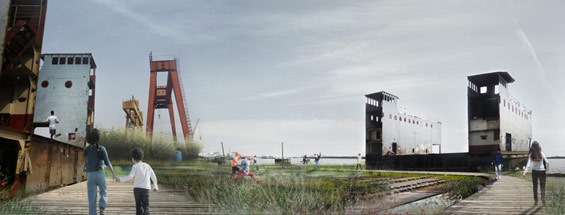
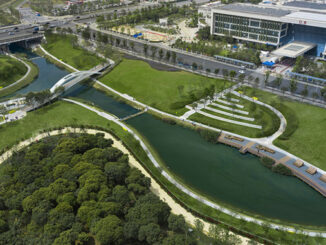

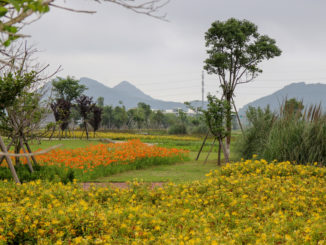
Comments are closed.